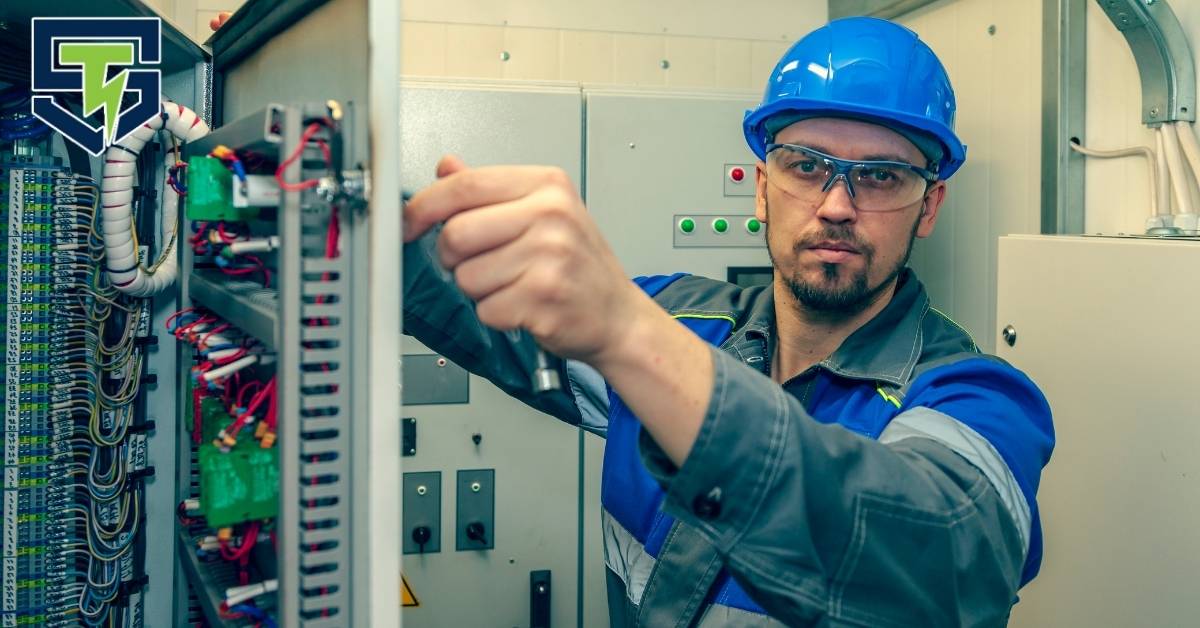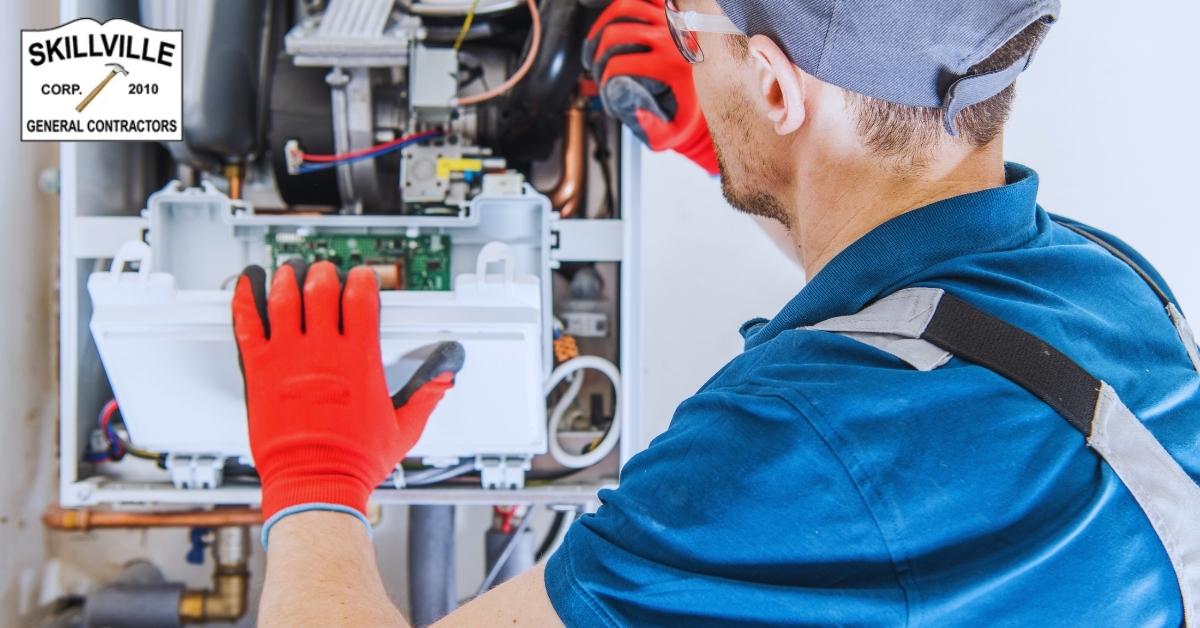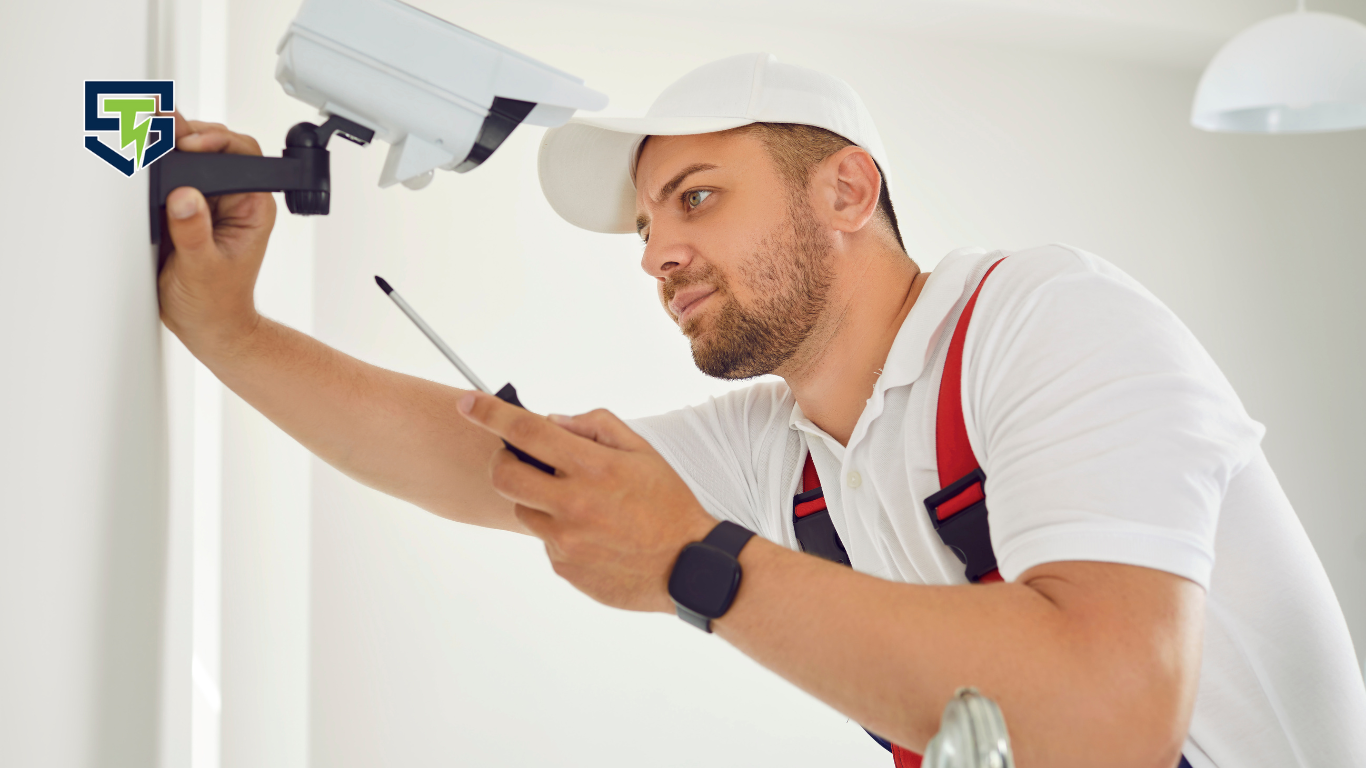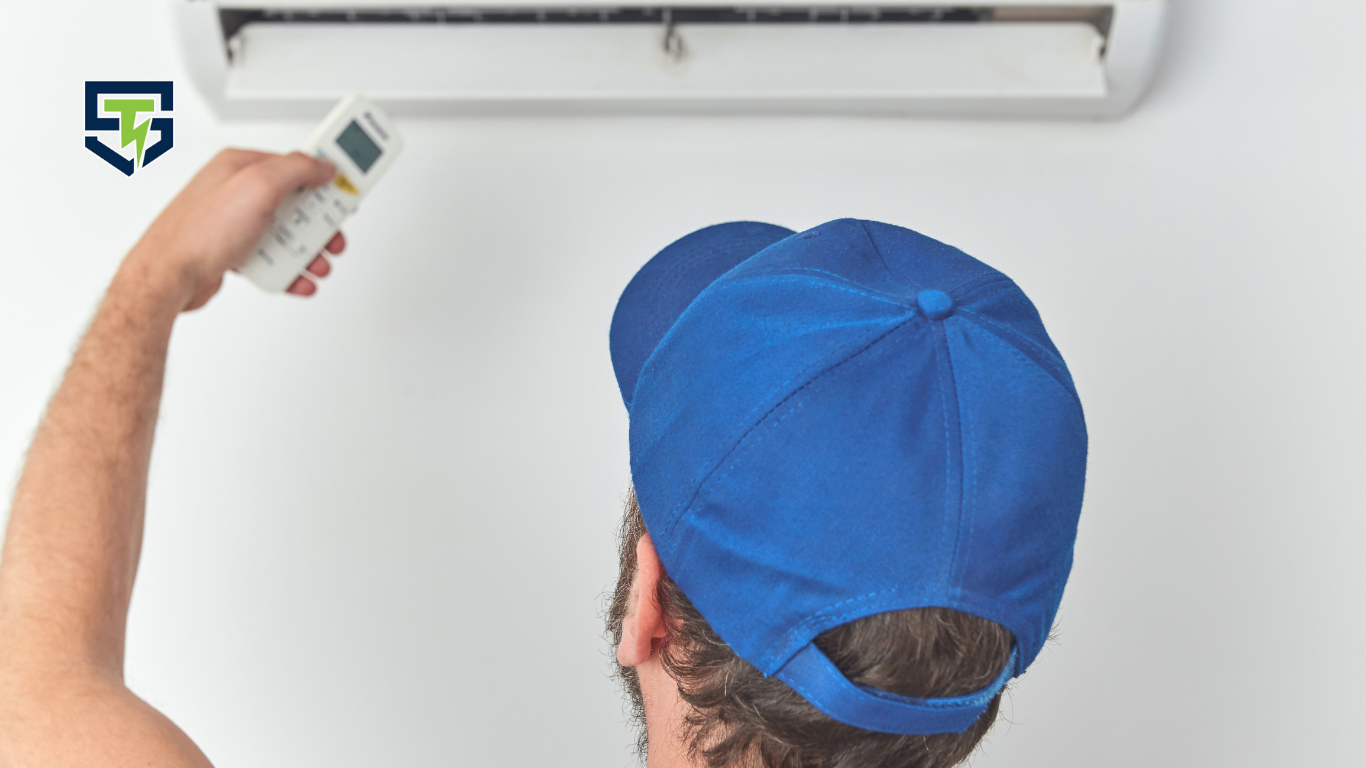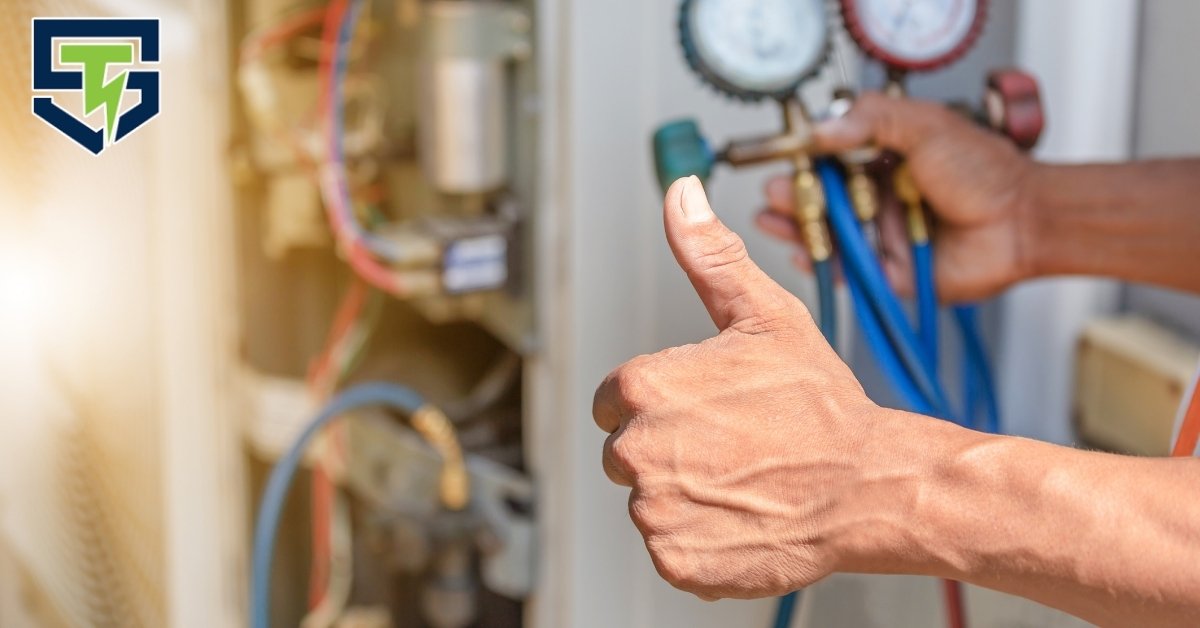How to Install a Gas Wall Heater in Just a Few Steps
When the temperature drops, staying warm matters. If you’re looking for an efficient way to heat your home, a gas wall heater can be the right solution. It saves space, works well for single rooms, and doesn’t need full ductwork like central heating.
But knowing how to install a gas wall heater safely is key. While many enjoy DIY projects, this one requires careful planning, some basic skills, and awareness of safety. Let’s walk through the entire process in a simple, step-by-step way.
How To Choose the Right Wall Heater for Your Space
Picking the right wall heater depends on your space size, fuel type, and how you want to control your heating. Whether you choose a natural gas heater, a propane wall unit, or an electric wall heater, each option has its pros and cons.
Your decision also affects your installation, wiring, venting, and even labor costs if you hire a professional. Key Considerations Before Installation:
- Room size and heat output needed
- Access to natural gas, propane, or electric lines
- Manual vs. thermostat control
- Need for a vented or unvented model
- Total installation cost, including tools, materials, and labor
- Compatibility with your electrical system and breaker panel
Tools and Materials You’ll Need
Whether you’re upgrading your natural gas heater, switching fuel types, or replacing an old furnace, having the right tools and materials makes installing a gas wall heater faster and safer.
This list will help you prep for mounting, connecting to your gas line, and safely handling vent and electrical components.
| Tools | Materials |
| Drill (for securing the heater to the wall) | Gas valve for shutoff and control |
| Screwdriver | Flexible or black iron pipe for gas piping |
| Level (for even heater installation) | Gas piping and fittings |
| Tape measure (to position the wall heater) | Wall bracket (for secure mounting) |
| Stud finder (locate safe areas to drill) | Vent cap (if using a vented gas heater) |
| Saw (to create a hole in the wall) | Wall thimble (handles combustion gases) |
| Caulk or sealant (to prevent leaks) | Screws and anchors for a stable setup |
| Safety gloves and glasses (DIY projects) |
Other Essential Requirements
- Access to your gas or propane line
- Proper wiring for lighting the pilot light or connecting the thermostat
- Check if you need to replace or remove, or dispose of an old wall heater
- A licensed electrician or HVAC contractor may be required for older homes or electrical issues
- Plan for labor costs and code compliance if not doing a DIY installation
This list sets the foundation for a smooth wall heater install, ensuring your space stays warm and safe all winter long.
How to Install a Gas Wall Heater Safely
Installing a gas wall heater may look simple at first, but doing it safely takes planning and attention. Each step ensures your heater functions properly without risk. If you skip steps or rush the job, you might end up with leaks, faulty connections, or electrical problems.
So, let’s take our time and walk through this in a clear, safe, and confident way.
Step 1: Shut Off Utilities
Before you start, cut off all power and gas lines to ensure safety. Turn off the breaker linked to the heater’s spot on the wall. Then, use a wrench to close the gas valve connected to the line you’ll be working on.
This avoids accidental leaks or electric shock. Safety should always be your first step in any installation involving gas and electrical work.
Step 2: Cut the Hole in the Wall
Next, take measurements from the unit’s manual or template to mark out the spot for the heater. Use a saw to carefully make a hole in the wall, ensuring it’s just big enough to fit the heater.
Be slow and cautious damaging existing electrical wiring or pipes inside the wall can be dangerous and costly. Clean up the edges once the cut is made.
Step 3: Mount the Wall Bracket
Now it’s time to attach the mounting hardware. Use a stud finder to locate strong framing behind your wall. These studs will support the wall heater’s weight. Screw the bracket or plate into place securely, then gently mount the heater onto it.
Make sure everything is straight and flush against the wall to avoid future shifting or rattling.
Step 4: Connect the Gas Line
This step requires precision. Connect the unit to your existing gas line using either black pipe or a flex connector. Be sure to include all the required fittings, and tighten the regulator in place. Every connection should be firm and sealed well to avoid any leaks.
If you’re unsure about this step, calling Timothy Santos Electric can ensure it’s done correctly.
Step 5: Set Up the Vent
If you’re installing a vented model, your next step is to run the vent pipe through the wall to the outside. Use a wall thimble to protect the surrounding drywall from heat. Once installed, cap the pipe with a vent termination on the outside wall.
Seal every joint to keep out moisture and prevent the escape of combustion gases.
Step 6: Reconnect Power and Light the Pilot
With the vent in place and the gas line secured, restore the electricity by flipping the breaker back on. Open the gas valve slowly, then follow the manufacturer’s directions to light the pilot light. Give the heater time to warm up. You should feel hot air blowing into the room, confirming that everything is working well.
Safety and Post-Installation Checks
Once your wall heater installation is complete, safety should be your top priority. A few simple checks can prevent gas leaks, electrical issues, and poor performance. Even if you did the job yourself, having a pro double-check things, especially in older homes, can give you peace of mind.
Important Safety Steps:
- Spray soapy water on gas fittings to check for leaks
- Inspect the fan motor to make sure it runs smoothly
- Test the thermostat to confirm it responds properly
- Tighten any loose screws, brackets, or pipe fittings
- Call a licensed inspector or electrician to verify safe setup
Yearly Maintenance Tips:
- Clean dust off heating elements and vent openings
- Replace any dirty or clogged filters
- Test the pilot light for a steady flame
- Inspect ducts and vents for blockages or buildup
FAQs
Can I use a propane wall heater indoors?
Yes, but only if the unit is labeled safe for indoor use. It must be installed with proper ventilation to avoid gas buildup. Always follow the manufacturer’s instructions and check local building codes before installation.
What size heater is best for a small room?
A small room like a bedroom or office usually needs 10,000–15,000 BTUs. However, the right size depends on the square footage, ceiling height, insulation quality, and fuel type used, natural gas, propane, or electric.
How long does it take to install?
For someone with basic DIY skills, installing a wall heater typically takes 3 to 6 hours. Older homes or custom setups involving gas lines, wiring, or venting might extend the time needed to complete the installation.
Do I need a permit or an inspector?
Yes, in most cases. Local codes often require a permit and inspection for any gas or electric heater installation. Check with your city’s building department, or hire a licensed HVAC contractor or electrician to manage permits.
Can I install a heater without a vent?
Yes, you can install a vent-free wall heater if your space allows it. These models don’t require outside exhaust, making them easier to mount. Just ensure the room has enough fresh air and follow all safety instructions closely.
Conclusion
Installing your own wall heater can be rewarding and cost-saving, but it must be done right. Follow steps carefully, use proper tools, and never skip safety checks. If you’re ever unsure, don’t take the risk; call a trusted pro.
Always remember, safety comes first when learning how to install a gas wall heater, especially when dealing with gas and electricity. For expert help or custom installation, reach out to Timothy Santos Electric.
They can handle everything from wall heater installation to full electrical load setups with care you can count on.

